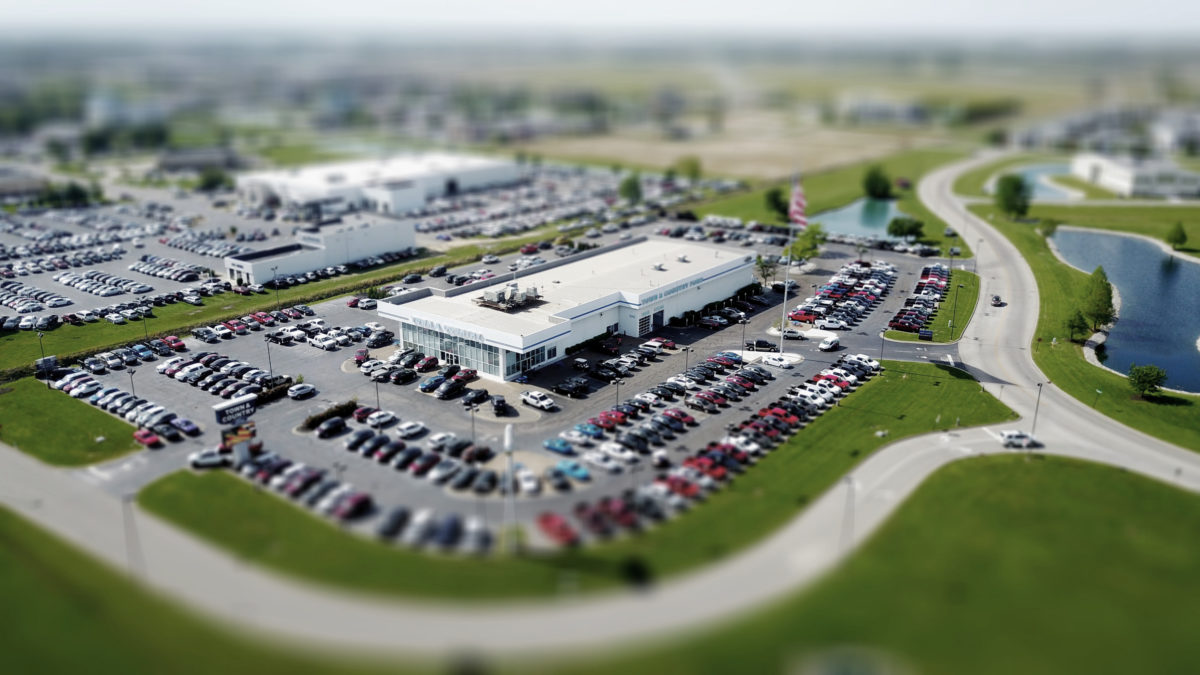 Location, location, location. This is one of the most critical decisions while establishing a new retail business. It is very important to find a convenient place near targeted consumers, affordable, and has enough space to properly display merchandise. The selection of a store location is influenced by several factors, including:
Location, location, location. This is one of the most critical decisions while establishing a new retail business. It is very important to find a convenient place near targeted consumers, affordable, and has enough space to properly display merchandise. The selection of a store location is influenced by several factors, including:- Competitors’ nearby location.
- Investment capital available.
- In-store location (think pop-up shops and mall stores).
- Supply and distribution requirements.
- Store facilities.
- Space layout.
- Traffic sources.
- Customer needs (such as parking, bus stops, and restrooms)
Pros and Cons of Store Locations
With so many options available in real estate, business owners should evaluate the advantages and disadvantages of opening a store in a certain place. Here is an overview of the most common locations for retail, along with their benefits and challenges.Single sites
These are independent locations which are isolated from other stores. They are usually located on the side of the road, near other independent stores or malls. Some examples include park kiosks, mom-and-pop shops, corner stores, and mini markets.Pros
- Cheaper than average.
- Doesn’t share space with other competitors.
- Less rules regarding setup, displays, promotions, service times, etc.
Cons
- Less customer traffic.
- Parking space may be limited or non-existent.
- Low visibility.
Natural/Unplanned Shopping Areas
These are retail clusters that have been growing over time and have multiple stores, which are independent from each other. Some examples of these clusters include downtown business districts, high street locations, neighborhood business districts, and strip malls.Pros
- High pedestrian traffic during the day.
- High resident traffic.
- Constant car traffic (since they are usually located next to highways)
Cons
- More shoplifters.
- Higher need for security systems.
- Limited parking.
Shopping centers
These sites have a large assortment of retailers which are placed next to an anchor store. The wide variety of options drives customer traffic. Some examples include malls, specialty markets, mixed-use developments, lifestyle centers, and outlets.Pros
- High visibility.
- High customer traffic.
- Good parking availability.
Cons
- Dependance on anchor store (if it fails, the location may become a “dead mall”).
- Community fees.
- More expensive than average.
How to Analyze Retail Locations
In order to compare potential locations, it is necessary to evaluate the features of each location in terms of:- Catchment area (customer traffic prevalence)
- Primary: 60% to 80% of potential customer traffic.
- Secondary: 15% to 60% of potential customer traffic.
- Tertiary: Less than 15% or occasional potential customer traffic.
- Primary: 60% to 80% of potential customer traffic.
- Occupancy Costs
- Lease vs. Purchase.
- Security Deposit Amount.
- Utilities.
- Property Taxes.
- Community Fees.
- Maintenance costs.
- Insurance costs.
- Lease vs. Purchase.
- Restrictions
- Service hours.
- Noise intensity.
- Product display.
- Media display.
- Advertising and promotional efforts.
- State or county-enforced hours of operation.
- Service hours.
- Customer Convenience
- Proximity to residential neighborhoods.
- Bus stops.
- Parking space availability.
- Parking costs.
- Customer facilities.
- Proximity to residential neighborhoods.
- Competition
- Nearest location of competitors.
- Nearest location of competitors.
- Demand
- Potential number of customers.
- Potential product demand.
- Potential number of customers.
Choosing the Right Location (Step-by-Step)
Step 1: Make a situational analysis
Evaluate the potential location using the following questions as a starting point:
- Are there any similar businesses in this location?
- Is the new location a new market?
- Where is our nearest competitor?
Step 2: Analyze your Market Demo
Using the following questions, create and/or update your target customer profile:
- Where are our customers located?
- How old are our customers?
- What is our customers’ profession?
- What is our customers’ income range?
- How do our target customers shop?
- What kind of groups or affiliations do our customers participate in?
Step 3: Benchmark and compare options
Using the comparison analysis explained earlier, analyze the current available locations and verify if there are any other potential options you have not considered. You can also evaluate the compromises you must make while choosing one location over another.
Step 4: Finalize the location selection
Contact your realtor and close on the location you have identified as the best fit for your business. Once this location opens, keep track of its performance through indicators such as:
- Average shopping cart.
- Sales performance.
- Customer traffic.
- Maintenance and HR Costs.
- ROI.
How to use Erply to manage a retail chain
As clients grow and open new locations, Erply offers them the option of adding and managing their locations through the Retail Chain module. Some of the functions available include:- Adding new addresses.
- Adding new locations.
- Assigning price lists per location.
- Managing promotions per location.
- Creating, adding, and managing cash registers per location.
- Assigning employees per location.
- Moving inventory between locations.